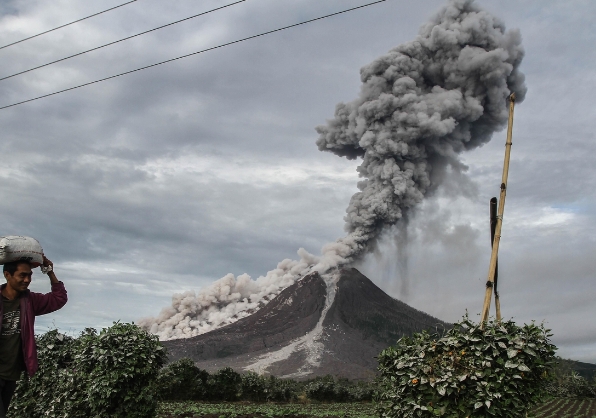When a volcanic eruption occurs, the consequences can be catastrophic for local communities. From immediate dangers such as pyroclastic flows and ash clouds to long-term impacts like economic devastation and infrastructure damage, the effects of a volcanic eruption are far-reaching and can leave communities reeling.
Immediate Danger: Pyroclastic Flows and Ash Clouds
One of the most immediate dangers of a volcanic eruption is the threat of pyroclastic flows. These fast-moving currents of hot gas, ash, and rock can travel down the slopes of a volcano at speeds of up to 450 miles per hour, destroying everything in their path. In addition, ash clouds can block out the sun, causing a drop in temperatures and posing a threat to respiratory health.
Economic Devastation: Loss of Livelihoods and Tourism
The economic impact of a volcanic eruption can be severe. Agriculture and tourism are often the hardest-hit industries, with crops destroyed by ash fall and tourist attractions covered in debris. This can lead to a loss of livelihoods for local communities who rely on these industries for income.
Infrastructure Damage: Homes, Schools, and Roads
The physical damage caused by a volcanic eruption can be extensive. Homes, schools, and roads can be destroyed by lava flows, ash fall, and lahars (mudflows) triggered by heavy rainfall. This can leave communities without access to essential services such as healthcare, education, and transportation.
Emotional Toll: Trauma and Displacement
The emotional toll of a volcanic eruption should not be underestimated. Communities may experience trauma from witnessing the destruction of their homes and livelihoods, as well as the loss of loved ones. Displacement is also common, as residents are forced to evacuate to safer areas until it is deemed safe to return.
Recovery and Rebuilding: Resilience and Community Support
In the aftermath of a volcanic eruption, communities must come together to support one another and begin the long process of recovery and rebuilding. This often involves coordinating with local authorities, aid organizations, and volunteers to provide essential services such as shelter, food, and medical care.
Despite the devastating effects of a volcanic eruption, communities have shown incredible resilience in the face of adversity. By working together and supporting one another, they can begin to recover and rebuild, laying the foundation for a stronger, more resilient future.

